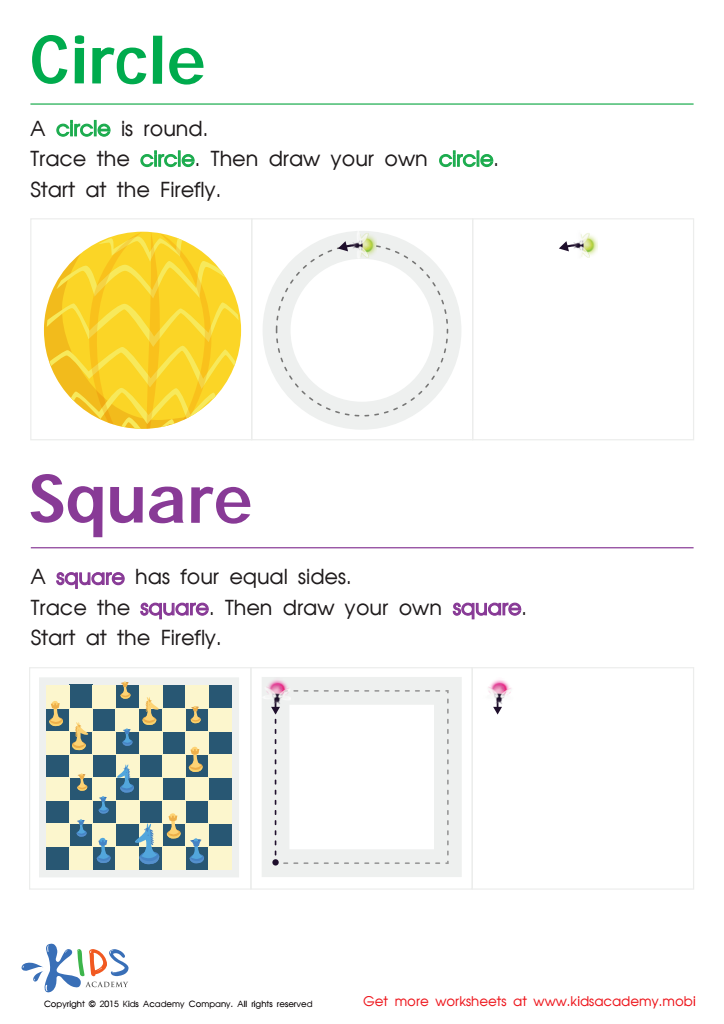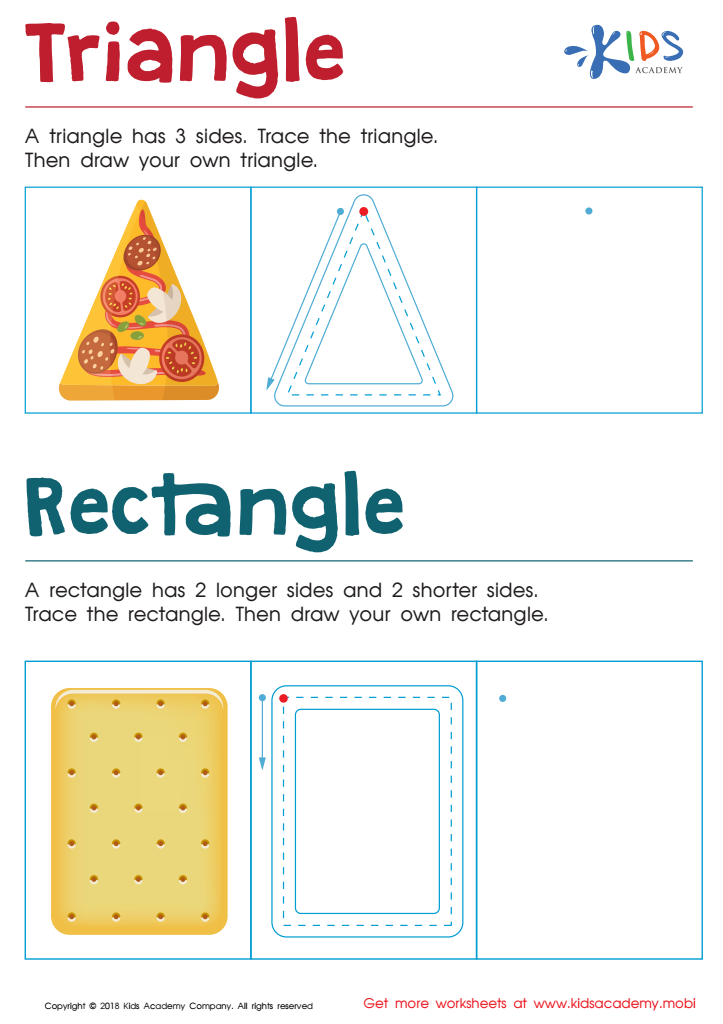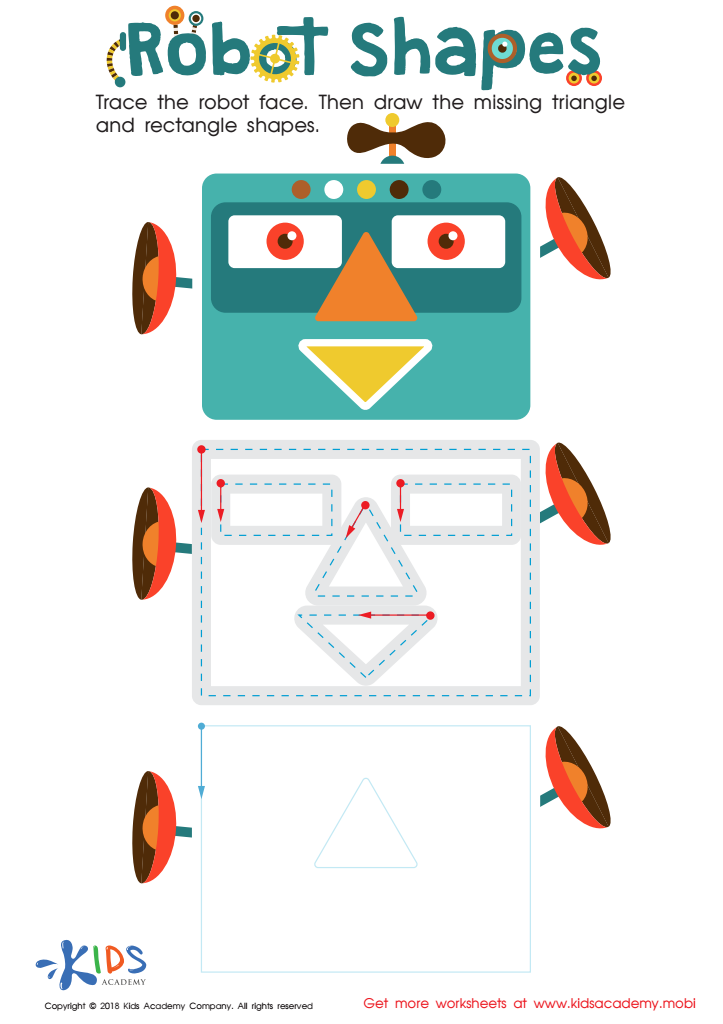-
English
-
English Pre-K
-
Unit 1: Early Literacy Skills
-
ABCs
- Pre-writing Activities
- Letter A
- Letter B
- Letter C
- Letter D
- Letter E
- Letter F
- Letter G
- Letter H
- Letter I
- Letter J
- Letter K
- Letter L
- Letter M
- Letter N
- Letter O
- Letter P
- Letter Q
- Letter R
- Letter S
- Letter T
- Letter U
- Letter V
- Letter W
- Letter X
- Letter Y
- Letter Z
-
Phonological Awareness
- Rhyming Words
- Letter Sounds B, C, D, and F
- Letter Sounds G, H, J, and K
- Letter Sounds L, M, N, and P
- Letter Sounds Q, R, S, and T
- Letter Sounds V, W, X, Y, and Z
- Letter Sounds A, E, and I
- Letter Sounds O and U
- Beginning Sounds
- Matching Letters to Sounds
-
ABCs
-
Unit 2: Vocabulary
-
Common Words
- Sorting Words into Categories
- Color Words
- Verbs and Adjectives
-
Sight Words
- Sight Words 'I' and 'Can'
- Sight Words 'You' and 'Like'
-
Common Words
-
Unit 3: Print Awareness
-
Parts of a Book
- Working with a Book
- Spaces Between Words
- Text and Illustrations
-
Picture Books and Poems
- Picture Book Text Features
- Poem Text Features
- Signs and Labels in the Community
-
Parts of a Book
-
Unit 4: Reading Literature
- Questions About Stories
- Discussing Stories
-
Unit 5: Reading Informational Texts
- Retelling Details in a Text
- Questions About a Text
- Connections Between Events
- Text Features
- Describing Illustrations
-
Unit 1: Early Literacy Skills
-
English Pre-K
-
Math
-
Math for Pre-Kindergarten
-
Logic and Geometry
-
Matching and Sorting
- Same and Different
- Which One Is a Little Different?
- Objects That Go Together
- Sorting by Color and Size
- Sorting The Same Group in Different Ways
- Patterns
-
Shapes
- Shapes in Our Environment
- Naming Shapes Regardless of Size
- Making Shapes in Preschool
- Comparing Shapes
- Relative Positions
- Sorting Shapes
-
Matching and Sorting
-
Early Number Sense
-
Numbers 1–5
- Counting to 3
- Counting to 5
- Arranging Objects up to 3 Objects
- Arranging up to 5 Objects
- Writing Numbers 1–5
-
Numbers 1–5
-
Numbers up to 10
- Counting to 10
- Arranging up to 10 Objects
- Number 0
- Writing Numbers 6–10
- Breaking Down Numbers 6-10
-
Logic and Geometry
-
Math for Pre-Kindergarten
Making Shapes in Preschool
Preschoolers are constantly developing new skills. It is a time of immense growth in so many different areas. At this age, children observe and experience their world and often try things for the very first time. It certainly is an exciting time! Your child will spend a lot of preschool time learning about simple shapes. It may seem like a simple skill—to be able to name a circle a circle, but it takes a lot of thought. Observational skills require your child to be able to focus on one object long enough to identify its traits or attributes. Then, they need to use their working memory to remember where they have seen a shape like this before and what was its name. Finally, they must have the vocabulary to tell you what the shape is. That is a lot for a young mind to do!
Now, ask your child to draw that shape and you have added a whole other set of skills. Fine motor skills refer to the ability to make movements with the small muscles in your hands. Believe it or not, your child began developing their fine motor skills as soon as they were born. When tiny babies grip onto an adult finger, that reflex is working to develop the muscles required for other movements. As muscles get stronger, children are able to do more and more with their hands like grab objects, use their fingers to stock items, string large wooden beads and eventually hold crayons and markers. Once your child is able to hold a writing utensil, they may find tracing a fun and entertaining activity. There are many ways that you can help your child to develop their fine motor skills:
- Playing with play dough
- Painting
- Water play with sponges
- Stringing pasta onto yarn
- Building with pipe cleaners
This activity uses simple shapes and real world objects to reinforce the naming of basic shapes. Encourage your child to describe the shape and then trace it with their finger. Once they have done that, they can use a pencil, crayon or marker to follow the tracing lines on the paper and finally, try to draw the shape on their own. Their independent shape will probably not look exactly like a circle or a square, but encourage them to do their best and praise their effort.
Similarly in this shape tracing worksheet, your child will enjoy identifying the name of the object as well as the shape of the object. You can extend this activity by asking them to find other things in their environment that are triangles or rectangles.
Once kids have mastered drawing basic shapes, invite them to the exciting task of creating a whole new picture using shapes. These robot worksheets will be a great practice for kids for refining their motor skills and getting creative employing the skills they already have. Click on the interactive worksheets to complete them online.
Your child will build the skills needed to identify shapes throughout their preschool experience. Fine motor skills paired with shape identification is a great way to reinforce mathematical skills.
Continue your child’s learning experience with more activities in our catalogue; use the drop-down menu at the top of the page or the link to related articles on the right.
Nora Brown
Elementary Teacher





